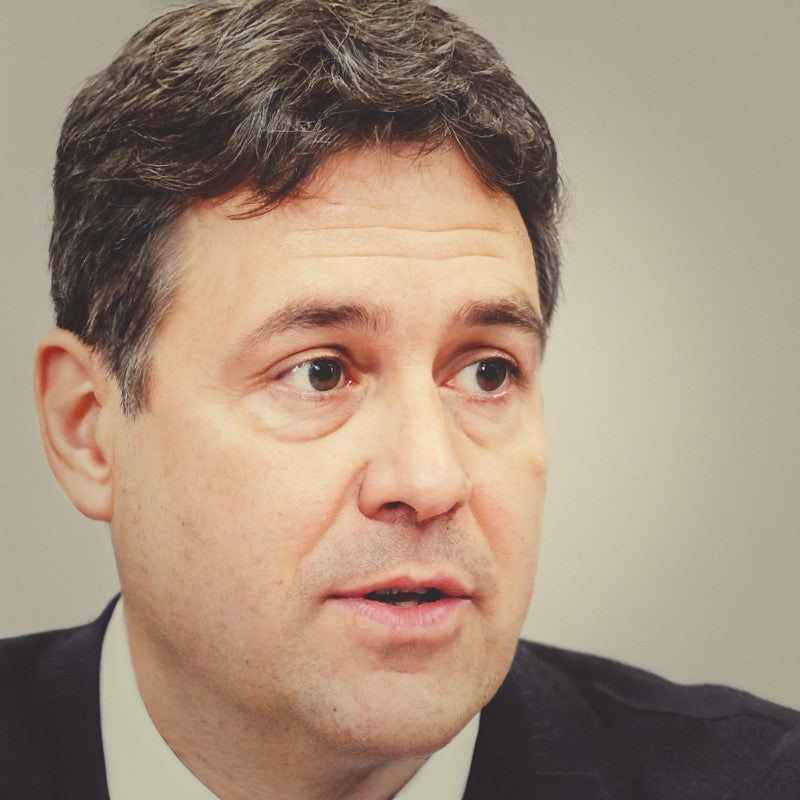When it comes to Civil Service exams, many candidates find the 250-word statements to be the most daunting part of the application.
These statements require you to succinctly convey your skills and experiences in a way that aligns with the specific behaviours sought by the Civil Service.
However, with a solid understanding of the behaviour in question and a structured approach to your writing, what might initially seem like a weakness can quickly transform into a strength.
Related Article: 5 Seeing the Big Picture Behaviour Statements
Understanding "Seeing the Big Picture" at HEO Level
"Seeing the Big Picture" is a crucial behaviour for Higher Executive Officer (HEO) roles within the Civil Service. At this level, you are expected to have a comprehensive understanding of how your work fits into the wider organizational and governmental goals. This involves not only grasping the immediate implications of your work but also understanding the long-term impact and how it contributes to broader objectives.
As an HEO, you need to demonstrate that you can:
- Understand and articulate the strategic context of your work.
- Align your team's goals with the wider organizational priorities.
- Anticipate and respond to external changes and pressures.
- Communicate the importance of your work to both your team and external stakeholders.
This level of understanding and integration is a step up from previous levels, where the focus might have been more on individual tasks and immediate team goals. Now, you are expected to think and act more strategically, ensuring your team's efforts are contributing effectively to the bigger picture.
Statement Structure: Utilizing the B-STAR Technique
To craft a compelling 250-word statement for the "Seeing the Big Picture" behaviour, using the B-STAR technique can be incredibly effective. The B-STAR method stands for Belief, Situation, Task, Action, and Result, and it provides a clear framework for structuring your statement.
-
Belief: Begin by explaining your core belief about the importance of seeing the big picture. This sets the stage and shows that you inherently understand the value of strategic thinking.
-
Situation: Describe a specific situation where you needed to apply this belief. Be concise but detailed enough to give context.
-
Task: Outline the task you were responsible for in this situation. What was your role, and what were you aiming to achieve?
-
Action: Detail the actions you took to address the task. Focus on how you applied your understanding of the bigger picture to guide your actions.
-
Result: Conclude with the result of your actions. Highlight the positive outcomes, particularly how they contributed to the wider organizational goals.
Using this structure ensures that your statement is focused, relevant, and showcases your ability to see and act upon the big picture. This approach not only makes your statement clearer but also makes it easier for the reviewer to see how your experiences align with the behaviour being assessed.
Now that you have a framework for understanding and structuring your statement, you can apply these insights to create a compelling narrative. Below is an example statement that demonstrates "Seeing the Big Picture" at the HEO level:

Check out 50 example statements for all 9 behaviours
250 Word Statement Example
I believe that seeing the big picture is essential for making strategic decisions that align with broader organizational goals and benefit all stakeholders.
As a Senior Software Developer at a tech company, I was tasked with leading a project to develop a new customer relationship management (CRM) system. Understanding the strategic importance of this project, I aligned our development activities with the company’s goals of enhancing customer satisfaction and streamlining operations.
I started by conducting a thorough analysis of the existing system and gathering feedback from various departments, including sales, customer support, and marketing. This helped me understand the diverse needs and expectations of our internal stakeholders.
To ensure our project contributed to the wider organizational objectives, I held regular meetings with the senior management team to keep them updated on our progress and to receive their input. I also collaborated with other project teams to ensure our CRM system would integrate seamlessly with other company systems and initiatives.
To monitor our progress, I established clear milestones and performance indicators. I conducted regular reviews with my team to ensure we were meeting our targets and to address any issues promptly. I also encouraged open communication and knowledge-sharing within the team to foster a collaborative and innovative environment.
The project was completed on time and within budget, leading to a 30% increase in customer satisfaction and a 20% improvement in operational efficiency. This experience reinforced my belief in the importance of seeing the big picture to drive successful and impactful projects.


